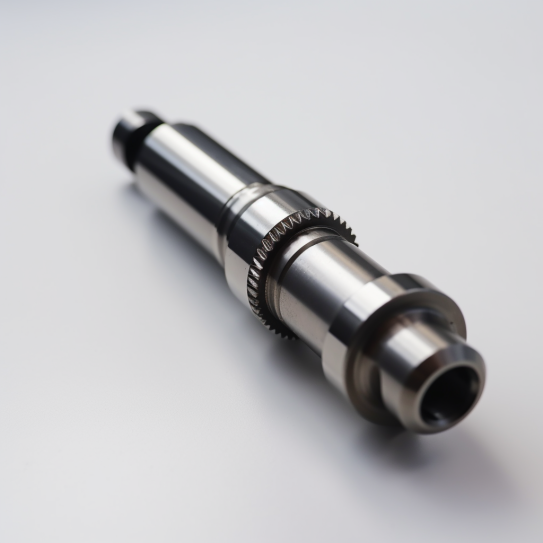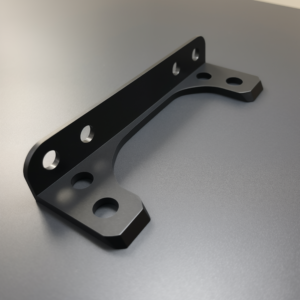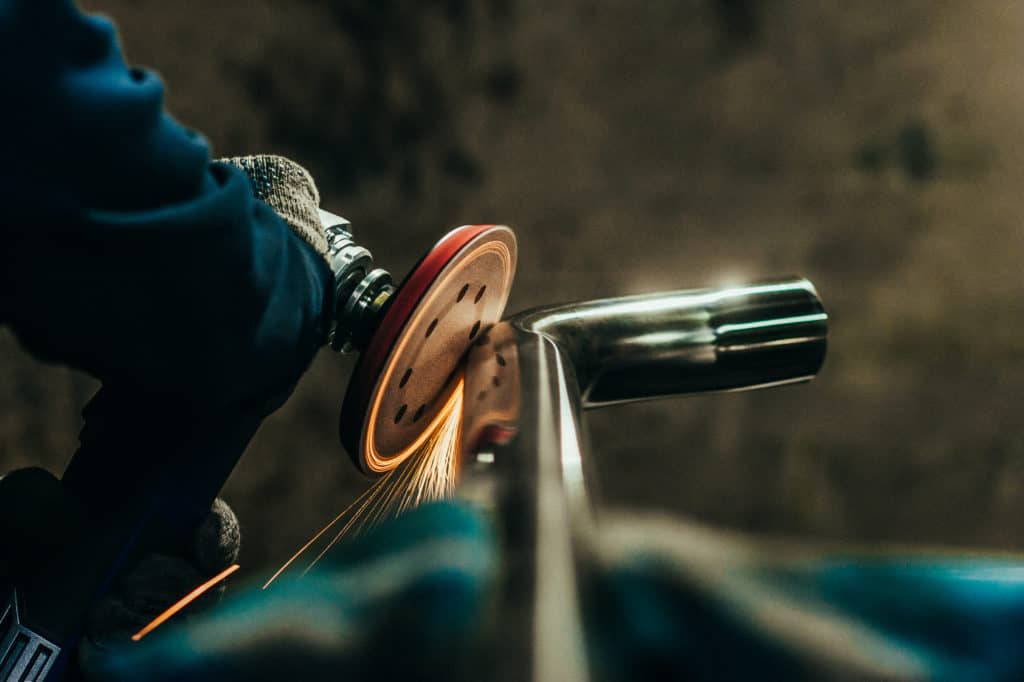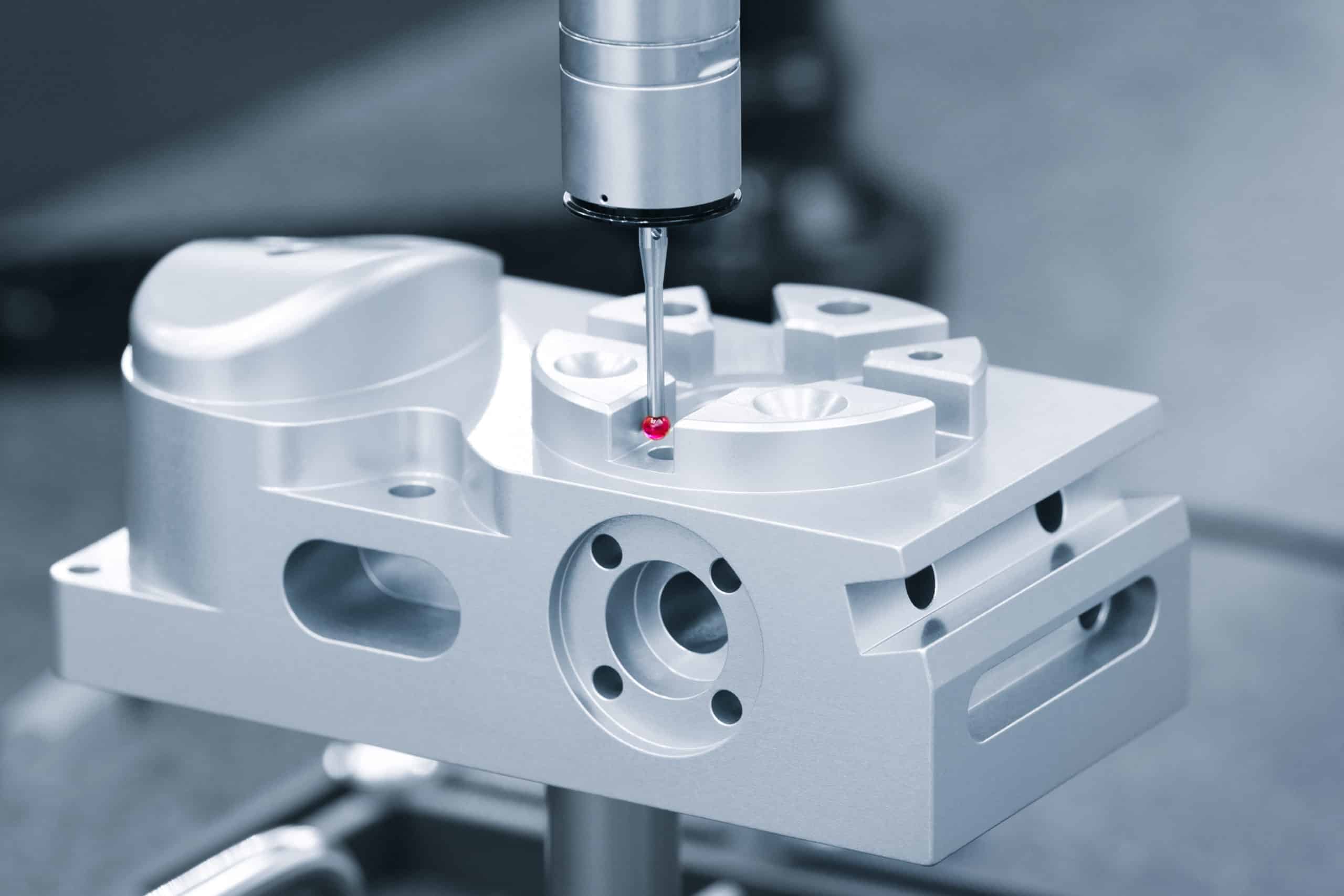This guide offers the insights and preventive measures you need to maintain its integrity and luster, ensuring your stainless steel remains pristine in any condition.
Yes, stainless steel can rust under certain conditions, such as exposure to harsh chemicals or saltwater, compromising its protective chromium oxide layer. Preventing rust involves selecting the right grade and regular maintenance.
Uncover how stainless steel can defy its rust-resistant reputation and the practical steps you can take to safeguard your stainless steel items from corrosion. Our comprehensive guide delves into the science and solutions.
Table of Contents
A Simple Look at Stainless Steel
Stainless steel is a special metal, known as a stainless steel alloy, that doesn’t rust easily, making it different from ordinary steel or carbon steel. Think of it as the superhero version of regular steel, with a secret ingredient: chromium.
This element gives stainless steel its power to resist rust, transforming it into a corrosion-resistant alloy. When chromium in stainless steel is exposed to air, it creates a thin shield, known as the chromium oxide layer, on the steel’s surface. This layer keeps the stainless steel components, like stainless steel fasteners or stainless steel scrap from industrial processes, shiny and rust-free.
Why Chromium is a Big Deal?
Chromium is the magic element in stainless steel, acting like an invisible protector. It reacts with air to form a protective chromium oxide layer that stops rust. Even if this layer gets scratched, it magically heals itself with a little help from the air, keeping the steel safe from rust. This self-healing property makes stainless steel, or rustless steel, incredibly corrosion-resistant, surpassing most other metals in durability and longevity.
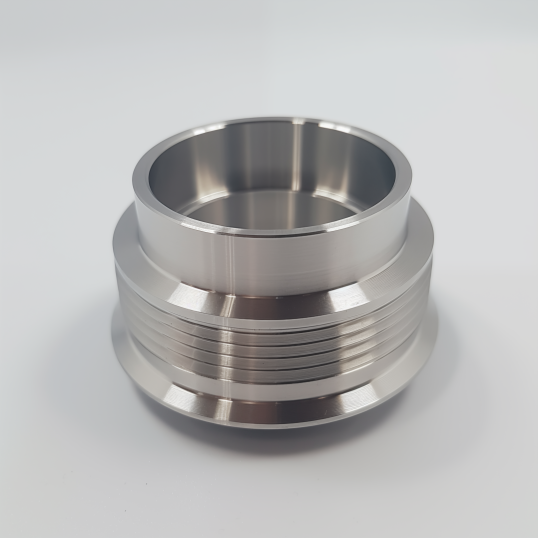
The Many Faces of Stainless Steel
Stainless steel comes in different types, each with unique mechanical properties and suited for various jobs:
- Austenitic Stainless Steels (300 Series): These are the most common types of stainless steels, known for their excellent corrosion resistance, formability, and weldability. Grades like 304 and 316 stainless steel grades are part of this group, with 316 being extra tough against chemicals and seawater thanks to its molybdenum content. These austenitic stainless steels are a top choice for kitchenware, medical instruments, and in the pulp and paper industry.
- Ferritic Stainless Steels (400 Series): These steels, including the common ferritic stainless steel grade 430, are magnetic and offer moderate corrosion resistance. They’re often used in automotive components and indoor architecture, benefiting from their magnetic properties and heat resistance.
- Martensitic Stainless Steels: These are hardenable by heat treatment, offering a good balance between strength and corrosion resistance, thanks to their minimum chromium content and other alloying elements. They are utilized in cutlery, surgical instruments, and other high-strength applications where mechanical properties like high ductility and creep resistance are valued.
- Duplex Stainless Steels: These steels combine features of austenitic and ferritic steels, leading to superior strength and excellent resistance to stress corrosion cracking. Duplex grades are ideal for harsh environments like offshore oil rigs and chemical plants, where rapid corrosion is a concern due to high temperatures and exposure to harsh chemicals.
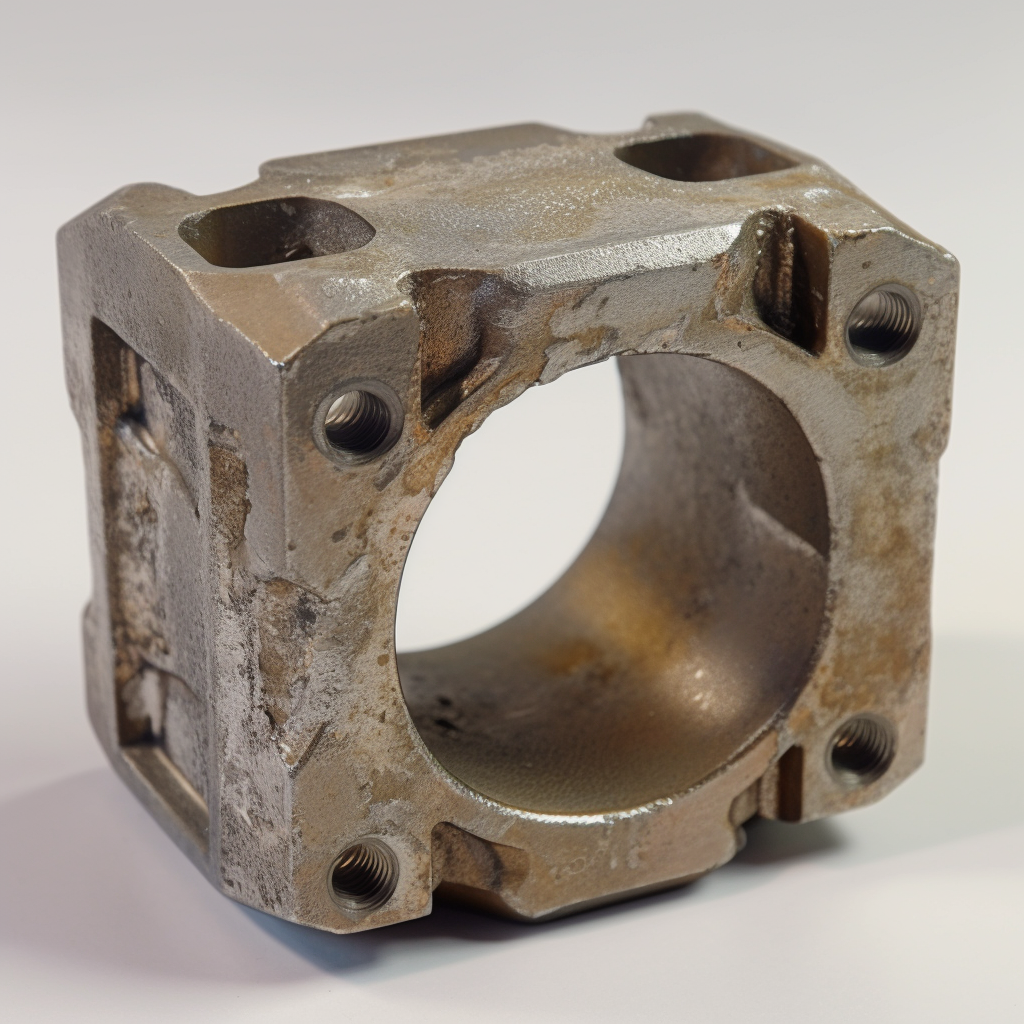
Grades of Stainless Steel
When discussing different grades of stainless steel, like 304 and 316, we discuss the recipe used to make the steel. Grade 304 is your go-to for most everyday items, thanks to its sufficient chromium content and balance with other materials. It’s durable and resists rust well.
Grade 316 steps up the game with even tougher resistance to harsh chemicals and salty sea breezes, making it suitable for more demanding conditions. Understanding these stainless steel grades and their specific attributes is crucial when selecting the right type for a particular application, ensuring longevity and durability in various environmental conditions.
The Science Behind Rust and Corrosion
Understanding rust and corrosion in metals, especially in ferrous metals like carbon steel and iron-based alloys, is crucial. These processes, influenced by the material’s exposure to oxygen and water, lead to the well-known oxidation phenomenon, resulting in rust. This is particularly important in the construction and various industrial sectors where materials’ durability and mechanical properties are critical.

What is Rust?
Rust is essentially iron oxide, a compound formed when iron combines with oxygen in the presence of water or moisture in the air. This process is a type of corrosion that specifically affects ferrous metals, weakening them over time. Unlike most stainless steels, ordinary steel lacks the chromium content necessary to protect against this type of degradation.
How Stainless Steel Fights Rust?
Stainless steel, an alloy containing iron, chromium, nickel, and other alloying elements, exhibits superior corrosion resistance thanks to its minimum chromium content of 10.5%. This composition allows for the formation of a protective chromium oxide layer on the surface when exposed to oxygen. The unique characteristic of stainless steel, whether it be austenitic stainless steel, ferritic stainless steels, or martensitic stainless steel, lies in this layer’s ability to self-heal if damaged, provided there is sufficient oxygen available.
Duplex stainless steel, with its austenitic and ferritic steel structure, and precipitation-hardening stainless steels further exemplify the advancements in manufacturing processes aimed at enhancing corrosion resistance. These advancements, including hot rolling, cold rolling, and heat treatment, have been crucial in developing materials that withstand harsh environments, including those with high and cryogenic temperatures.

What Will Compromise Stainless Steel's Protective Layer?
Several conditions can threaten the integrity of this chromium oxide layer:
– Physical Damage: Scratches or dents can breach the protective barrier, exposing the underlying metal to corrosive elements.
– Chemical Exposure: Certain chemicals can aggressively attack the protective layer, especially if the stainless steel is not the right grade for specific environments. This is a concern in manufacturing processes where stainless steel sees exposure to a wide range of substances.
– Harsh Environments: High salinity, acidity, and low oxygen levels can prevent the chromium oxide layer from forming or repairing effectively. This is particularly relevant for stainless steel used near the ocean or buried underground, where elements like molten steel or molten iron in industrial settings undergo rapid corrosion.
– Temperature Extremes: Both high temperatures from processes like those in an electric arc furnace and cryogenic temperatures can affect the crystalline structure of stainless steel, impacting its corrosion resistance and physical properties.
The choice of stainless steel—be it austenitic steels, duplex steels, or other variants—is critical in ensuring the longevity and durability of structural components and other materials. The alloying elements, from the essential chromium to nickel and molybdenum, play significant roles in defining the corrosion-resistant and oxidation-resistant qualities of stainless steel, making it a preferred material for various applications, from turbine blades to automotive components.
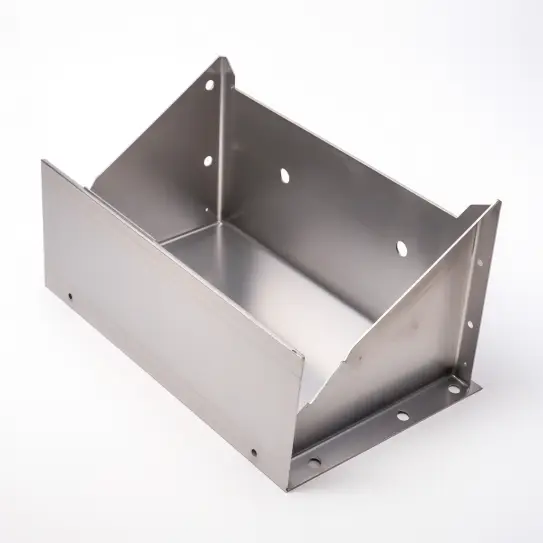
What Can Cause Stainless Steel to Rust?
Stainless steels are celebrated for their corrosion resistance, a key attribute that makes them indispensable in everything from kitchenware to construction sector projects. Despite this, certain conditions can challenge the rust-resistant nature of stainless steel, leading to corrosion.
Exposure to Saltwater or Chemicals
One of the main adversaries of stainless steel’s corrosion resistance is chloride, often found in saltwater. Chlorides can aggressively attack stainless steel’s protective chromium oxide layer. Similarly, exposure to various chemicals can weaken this protective barrier, especially in austenitic stainless steel varieties like 304 and 316, which are more resistant to such attacks due to their alloying elements. In environments with high exposure to these elements, selecting a grade like duplex stainless steel, known for its enhanced corrosion resistance and mechanical properties, can be more suitable.
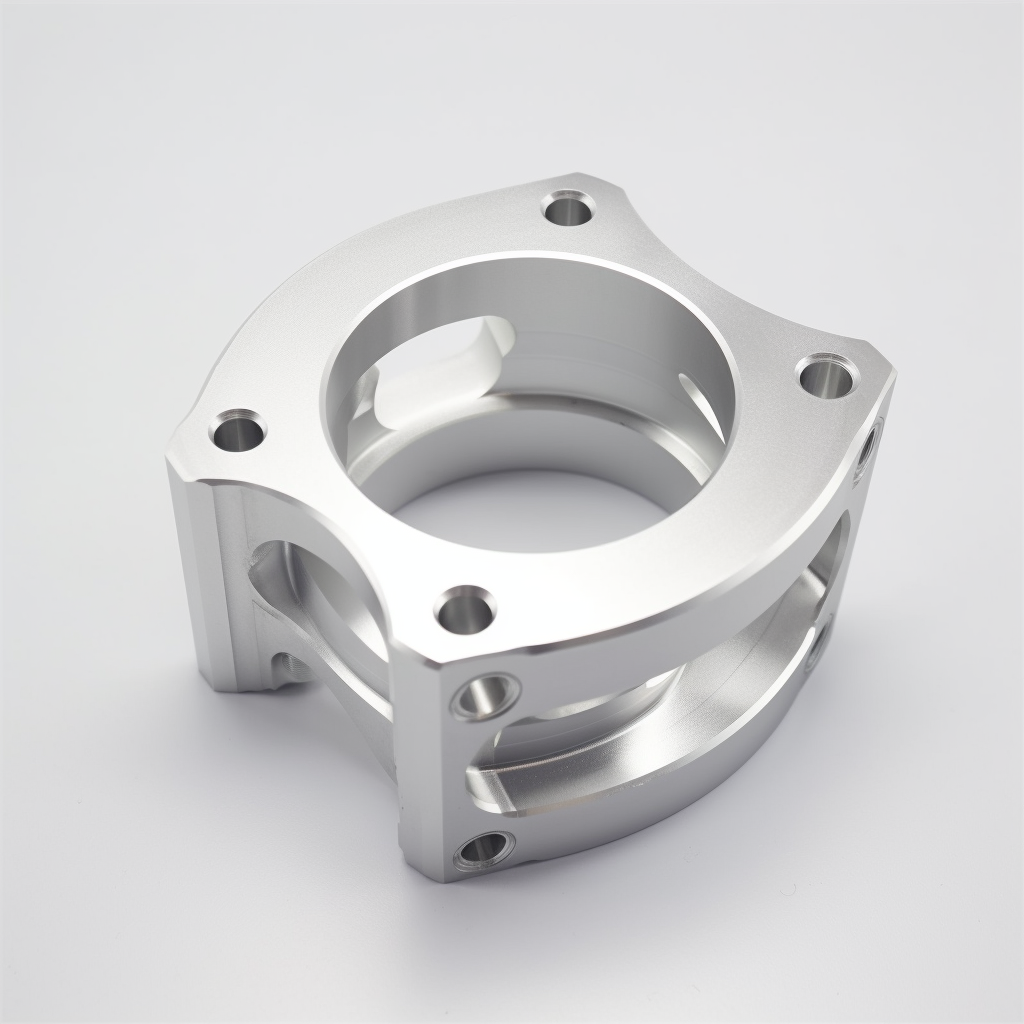
Mechanical Damage
Scratches or Dents: The integrity of stainless steel’s protective layer can be compromised through mechanical damage. This includes scratches or dents that expose the underlying metal to corrosion-promoting elements. Even the most stainless steel requires care to maintain its low maintenance advantage. Regular monitoring for physical damage and prompt remediation are crucial in preserving the material’s corrosion resistance.
Contact with Other Metals
Galvanic Corrosion: Stainless steel can suffer from galvanic corrosion when it comes into contact with more anodic metals in the presence of an electrolyte, like saltwater. This type of corrosion can accelerate the degradation process of stainless steel when paired with certain other metals. To prevent galvanic corrosion, it’s advisable to use compatible materials with similar electrochemical properties or isolate the stainless steel from direct contact with dissimilar metals.
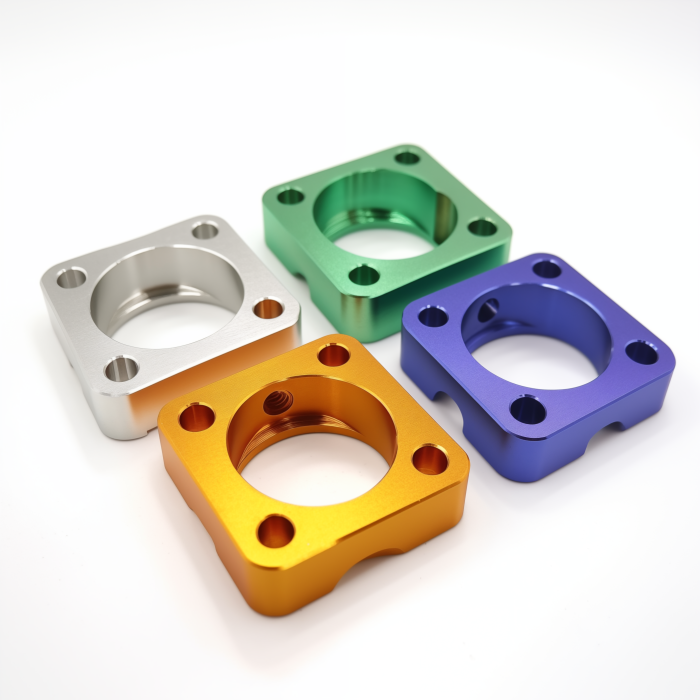
Varying Resistance Among Different Grades:
The corrosion resistance of stainless steel varies significantly across different grades. Austenitic stainless steels, including grades 304 and 316, generally offer higher corrosion resistance than ferritic stainless steel or martensitic steel grades.
For example, the presence of molybdenum in grade 316 significantly boosts its resistance against chlorides, showcasing the critical role of alloying elements in defining the corrosion resistance of stainless steels. Duplex stainless steel, with its austenitic and ferritic steel structure, represents another level of corrosion resistance, combining the strengths of both austenitic and ferritic microstructures.
How to Prevent Rust on Stainless Steel?
Ensuring stainless steel remains rust-free involves a combination of regular maintenance, selecting the right grade for your specific needs, and effectively addressing any damage that occurs. Here’s how to keep your stainless steel in top condition:
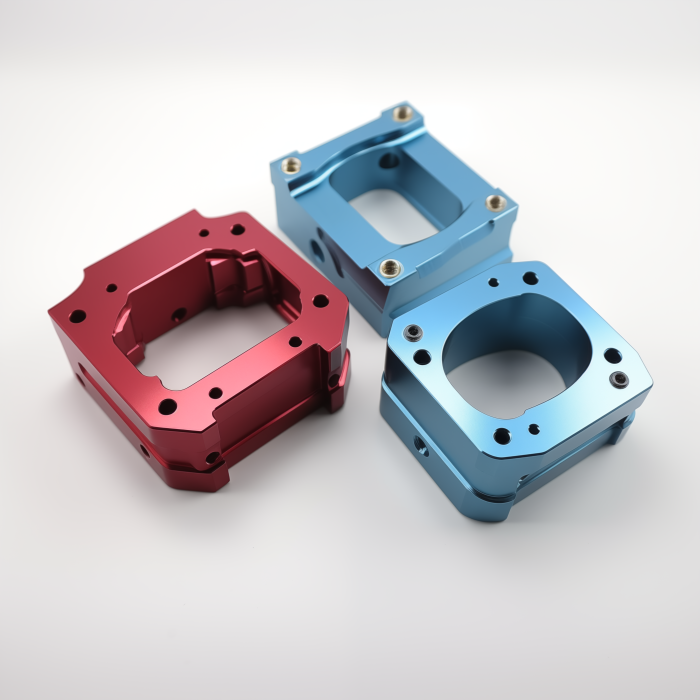
Proper Maintenance and Cleaning Practices
– Regular Cleaning: Keep stainless steel surfaces clean and free of contaminants. Use mild soap and warm water, followed by a thorough rinse with clean water. For tougher stains, a solution of baking soda and water can be gently applied with a soft cloth. Avoid using abrasive materials that can scratch the surface, as these scratches can compromise the protective chromium oxide layer.
– Dry Thoroughly: After cleaning, dry the surface completely with a soft towel or cloth to prevent water spots, which can harbor minerals that may eventually lead to corrosion.
– Routine Inspection: Regularly check for signs of wear and tear, such as scratches or dents, which could lead to rust if left untreated.
Choosing the Right Grade of Stainless Steel
– Understand Environmental Conditions: Different environments pose different risks for stainless steel. For instance, coastal areas with high salt content in the air require a grade with higher corrosion resistance, like 316, which contains molybdenum.
– Application-Specific Grades: Consider the specific requirements of your application. Austenitic stainless steels (like 304 and 316) are generally more corrosion-resistant. They are suitable for various environments, while duplex stainless steel offers even higher strength and corrosion resistance, ideal for harsher conditions
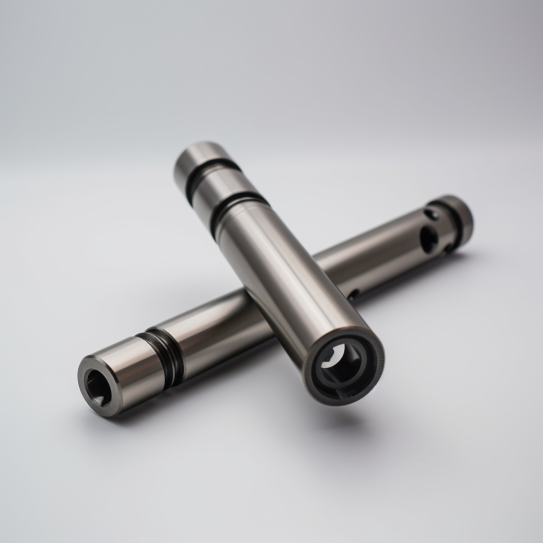
Tips for Repairing Damaged Stainless Steel
- Immediate Action: Address any damage immediately to prevent rust from forming. Small scratches can often be buffed with a non-abrasive cleaner and a soft cloth.
- Professional Repair Kits: For deeper scratches or dents, consider using a stainless steel repair kit, which typically includes tools and materials designed to restore the surface without compromising its rust resistance.
- Consult with Professionals: Consult with a professional may be the best action for significant damage. They can assess the damage and perform repairs that maintain the integrity and corrosion resistance of the stainless steel.
By following these guidelines, you can maintain the aesthetic appeal and structural integrity of stainless steel, ensuring it offers excellent performance and durability in various applications. Regular maintenance keeps stainless steel looking its best and preserves its protective properties, making it a truly low-maintenance and cost-effective material choice.
Can rust on stainless steel be completely removed?
Yes, rust on stainless steel can be completely removed using household items and specialized cleaners. Two effective methods for rust removal include using a baking soda paste for small rust spots and employing a cleaner containing oxalic acid for more stubborn rust.
Baking soda is a mild abrasive that can clean rust off without scratching the stainless steel, while oxalic acid-based cleaners are effective for dissolving rust and cleaning stains. When using these methods, applying the cleaner in the direction of the metal’s grain is important, as well as thoroughly rinsing and drying the surface afterward. For best results, it may be necessary to repeat the process if rust persists.
Does stainless steel rust in water?
Yes, stainless steel can rust in water if exposed to harsh conditions like saltwater or certain chemicals. The chromium in stainless steel forms a protective layer that usually prevents rust, but if this layer is damaged or continuously exposed to aggressive environments, rust can occur. Different grades of stainless steel offer varying levels of corrosion resistance, with some being more suited to specific environments.
Conclusion
Stainless steel can rust under conditions such as exposure to saltwater, corrosive chemicals, mechanical damage, and contact with other metals, compromising its protective chromium oxide layer. Emphasizing prevention through selecting appropriate stainless steel grades, regular cleaning, using protective coatings, avoiding damage, and preventing galvanic corrosion is key to maintaining its corrosion resistance and longevity.
Frequently Asked Questions
Stainless steel, particularly types like austenitic steel and precipitation-hardened stainless steel, can be as strong as other steels. The strength of stainless steel varies depending on its composition and heat treatment. The Steel Institute provides guidelines on the tensile strength of different stainless steel grades, highlighting that while stainless steel is renowned for corrosion resistance, certain grades also offer competitive strength.
Whether a magnet sticks to stainless steel depends on the steel’s microstructure. Austenitic stainless steels, known for their non-magnetic properties due to their austenitic microstructure, generally do not attract magnets. However, ferritic and martensitic stainless steels, which do not have this microstructure, can be magnetic.
Stainless steel is special due to its corrosion resistance, a result of the chromium content forming a passive layer of chromium oxide on the surface. This unique feature, combined with the alloying elements and manufacturing process that may include other elements to enhance properties, makes stainless steel indispensable in industries requiring durability and resistance to environmental factors.
Steel becomes stainless steel when chromium, an essential alloying element, is added to the iron ore in the molten metal during the manufacturing process, in quantities typically at least 10.5%. This addition allows the steel to develop an austenitic microstructure and form a protective chromium oxide layer, providing its characteristic corrosion resistance.
The raw materials for stainless steel primarily include iron ore and alloying elements such as chromium, nickel, silicon, manganese, nitrogen, and carbon. Chromium is a key alloying element that grants stainless steel its corrosion resistance. The manufacturing process begins with melting these components together to form the stainless steel with its austenitic microstructure.
